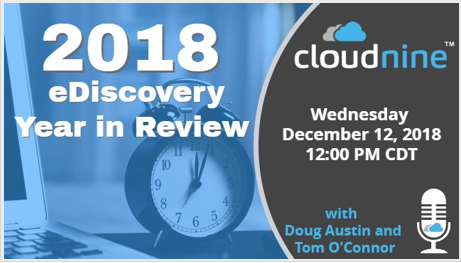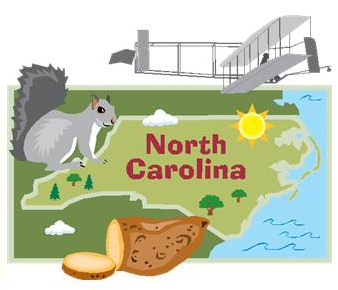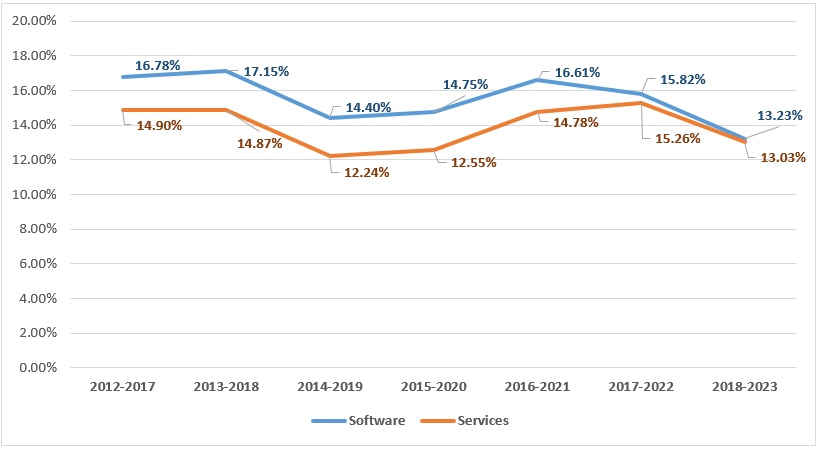The Sedona Conference® (TSC) Conference and its Working Group 1 on Electronic Document Retention & Production (WG1) have yet another publication to announce in 2018. Last week, TSC’s WG1 group announced a new second edition commentary on Legal Holds.
Thursday, TSC’s WG1 group announced its Commentary on Legal Holds, Second Edition: The Trigger & The Process. Much has changed in the law and technology since The Sedona Conference published the First Edition of this Commentary back in September 2010 (hey, that’s when this blog was founded!). This Second Edition of the Commentary on Legal Holds, which provides practical guidelines for determining when the duty to preserve relevant information arises as well as the scope of preservation, reflects:
- the 2015 amendments emphasizing the proper scope of discovery and the enhanced role of proportionality in preservation, as well as sharpening the analysis of sanctions for the loss of discoverable electronically stored information (ESI);
- clarification of the duty of a non-party to respond to a subpoena compared to the duty to preserve information;
- new guidance on how organizations should address data protection laws and regulations that may affect an organization’s ability to implement legal hold data preservation measures outside of the United States;
- developments in state and federal case law on preservation and spoliation;
- new and novel sources of ESI requiring preservation and collection; and
- advances in electronic document management technology.
Importantly, this Second Edition incorporates the knowledge and guidance embodied in the updated Third Edition of The Sedona Principles.
This Commentary is contained within a manageable 43 page PDF document and, as many good TSC commentaries do, includes several guidelines “to help a party meet its duty to preserve discoverable information and to provide pragmatic suggestions and a framework for creating a set of preservation procedures.” Here they are:
Guideline 1: A reasonable anticipation of litigation arises when an organization is on notice of a credible probability that it will become involved in litigation, seriously contemplates initiating litigation, or when it takes specific actions to commence litigation.
Guideline 2: Adopting and consistently following a policy governing an organization’s preservation obligations are factors that may demonstrate reasonableness and good faith.
Guideline 3: Adopting a procedure for reporting information relating to possible litigation to a responsible decision maker may assist in demonstrating reasonableness and good faith.
Guideline 4: Determining whether litigation is or should be reasonably anticipated should be based on a good-faith and reasonable evaluation of relevant facts and circumstances.
Guideline 5: Evaluating an organization’s preservation decisions should be based on the good faith and reasonableness of the decisions (including whether a legal hold is necessary and how it should be implemented) at the time they are made.
Guideline 6: Fulfilling the duty to preserve involves reasonable and good-faith efforts, taken as soon as is practicable and applied proportionately, to identify persons likely to have information relevant to the claims and defenses in the matter and, as necessary, notify them of their obligation to preserve that information.
Guideline 7: Factors that may be considered in determining the scope of information that should be preserved include the nature of the issues raised in the matter, the accessibility of the information, the probative value of the information, and the relative burdens and costs of the preservation effort.
Guideline 8: In circumstances where issuing a legal hold notice is appropriate, such a notice is most effective when the organization identifies the custodians and data stewards most likely to have discoverable information, and when the notice:
(a) communicates in a manner that assists persons in taking actions that are, in good faith, intended to be effective;
(b) is in an appropriate form, which may be written, and may be sent by email;
(c) provides information on how preservation is to be undertaken, and identifies individuals who can answer questions about preservation;
(d) includes a mechanism for the recipient to acknowledge that the notice has been received, read, and understood;
(e) addresses features of discoverable information systems that may make preservation of discoverable information more complex (e.g., auto delete functionality that should be suspended, or small sections of elaborate ac-counting or operational databases);
(f) is periodically reviewed and amended when necessary; and
(g) is followed up by periodic reminder notices, so the legal hold stays fresh in the minds of the recipients.43
Guideline 9: An organization should consider documenting the procedure of implementing the legal hold in a specific case when appropriate.
Guideline 10: Compliance with a legal hold should be regularly monitored.
Guideline 11: Any legal hold process should include provisions for releasing the hold upon the termination of the duty to preserve, so that the organization can resume adherence to policies for managing information through its useful life cycle in the absence of a legal hold.
Guideline 12: An organization should be mindful of local data protection laws and regulations when initiating a legal hold and planning a legal hold policy outside of the United States.
The Sedona Conference Commentary on Legal Holds, Second Edition: The Trigger & The Process is open for public comment through February 8, 2019. As always, questions and comments regarding the Commentary may be sent to comments@sedonaconference.org and the drafting team will carefully consider all comments received and determine what edits are appropriate for the final version. You know the drill.
It’s been a busy year for The Sedona Conference® (TSC). Earlier this year, the TSC has published the Public Comment Version of its Principles and Commentary on Defensible Disposition, the Public Comment Version of their Primer on Social Media, Second Edition (which we discussed in our panel at Relativity Fest earlier this week), the Public Comment version of its Commentary on BYOD: Principles and Guidance for Developing Policies and Meeting Discovery Obligations, the final version of its new Data Privacy Primer and its Commentary on Information Governance, Second Edition.
So, what do you think? Does your organization have a program for Legal Holds? Please share any comments you might have or if you’d like to know more about a particular topic.

Sponsor: This blog is sponsored by CloudNine, which is a data and legal discovery technology company with proven expertise in simplifying and automating the discovery of data for audits, investigations, and litigation. Used by legal and business customers worldwide including more than 50 of the top 250 Am Law firms and many of the world’s leading corporations, CloudNine’s eDiscovery automation software and services help customers gain insight and intelligence on electronic data.
Disclaimer: The views represented herein are exclusively the views of the author, and do not necessarily represent the views held by CloudNine. eDiscovery Daily is made available by CloudNine solely for educational purposes to provide general information about general eDiscovery principles and not to provide specific legal advice applicable to any particular circumstance. eDiscovery Daily should not be used as a substitute for competent legal advice from a lawyer you have retained and who has agreed to represent you.









